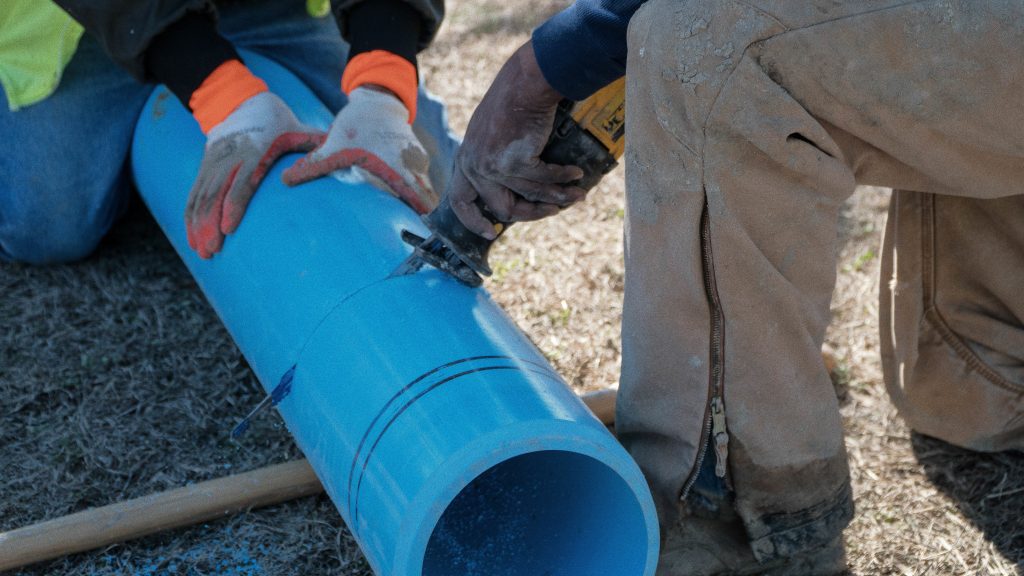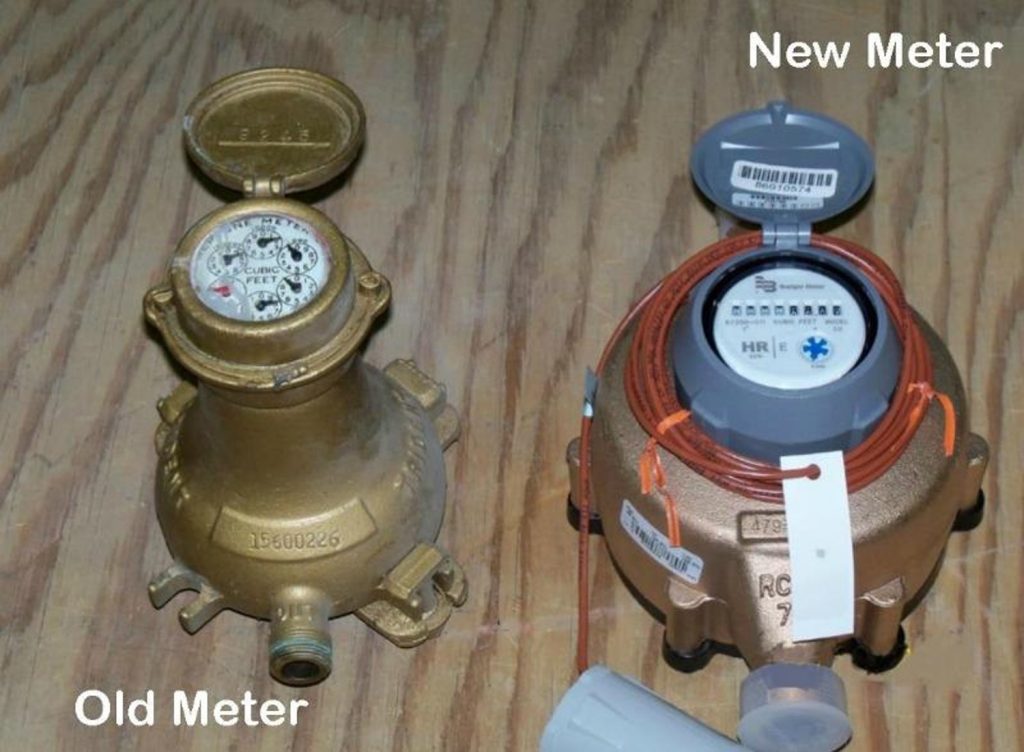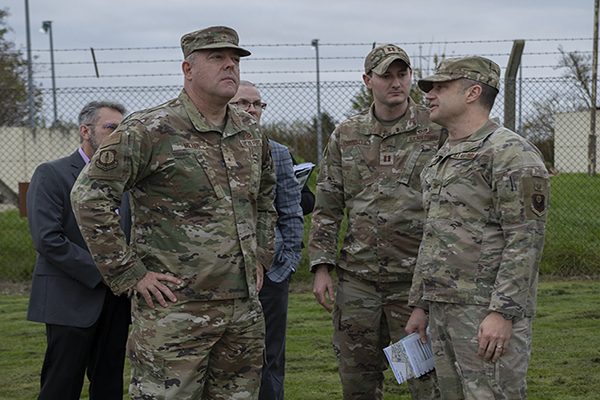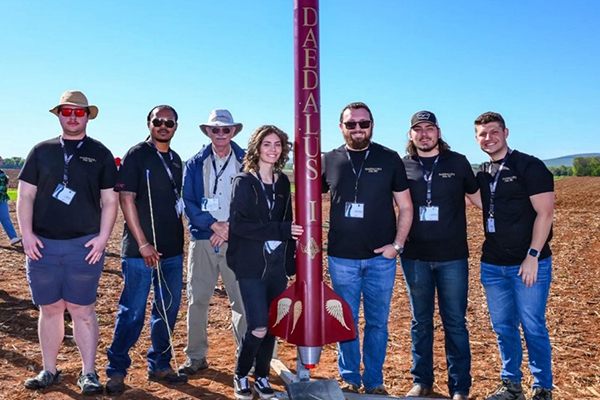By Stephanie Johnson, James Goddard, CEM, and Shoko Chapple
At Devens Reserve Forces Training Area, advanced water meters are offering real-time monitoring of water systems and automated alerts, increasing the installation’s ability to identify leaks and make timely repairs.

Devens Reserve Forces Training Area (DRFTA), located in northern central Massachusetts, was established in 1917 for training soldiers during World War I. The installation, with an expansive campus of more than 1-million-ft² of facility types, including administrative offices, classrooms, barracks, dining facilities, recreational centers, storage, and vehicle maintenance, has long been a leader in the U.S. Army Reserve for proactive efforts to reduce overall water consumption.
Its influential approach continues to grow today through a recently implemented initiative to identify water leaks and repairs, which resulted in savings of more than 2-million-gal of water in the first three months of operation.
Through this effort, DRFTA’s Directorate of Public Works performed daily reviews of water consumption from 23 existing advanced water meters on the Army’s Meter Data Management System. These advanced water meters were also integrated into the Army Reserve’s Enterprise Building Control System to allow for real-time monitoring and automated email-based alerts.
As long as the network connection exists between the advanced meters and EBCS, the algorithm will continuously monitor for
leaks and abnormally high water usage, regardless of occupancy status or time of day.
This innovative technology has helped DRFTA gain insights and ease of use—and the lessons learned could apply to other government installations looking to enhance water monitoring processes and identify leaks and repairs.
Metering Requirements
In 2021, the Defense Department released an update to the Utilities Meter Policy in response to the Energy Act of 2020, which now includes water conservation and water metering as priorities alongside electricity and natural gas conservation and metering.
The updated policy states that each component must capture 60 percent of its electric and natural gas use with advanced metering by Sept. 30, 2024, and also include a plan for capturing 85 percent of electric and natural gas use.
For tracking water use, a collection of facility types are recommended to have advanced water metering:
- All new construction or renovations exceeding $200,000.
- Mission-critical facilities.
- Water-intensive facilities, including but not limited to central plants, barracks, kitchens and dining facilities, swimming pools, gyms and recreational centers, vehicle wash stations, industrial facilities, and hospitals.
All advanced meter data must report usage to an advanced metering system, such as the Meter Data Management System, which should be capable of storing data at a minimum of hourly intervals. However, energy and facility managers along with operations and maintenance teams are often at a loss for what to do with all that meter data, especially for water consumption. Stores of data without a plan to actionize it becomes another burden on personnel.
Identifying End Uses. Benchmarking a facility’s water use and developing a baseline for what is considered “typical” water consumption can be a difficult task. Metadata must be collected for the building, such as identifying the water end uses. Once the water end uses have been identified, further modeling and analysis is required to understand the water consumption for each end use. Investigations can then be made to identify water conservation opportunities by asking questions such as, “Is this water use for a kitchen considered normal?” or “Why are we using twice as much water for irrigation than we did last year?”
For simpler facilities, such as administrative office buildings, the predominate water end-use category is domestic plumbing. Plumbing fixture specifications and data regarding occupancy are typically required to baseline an office building’s water use. However, information for plumbing fixtures may require a walkthrough audit to tally each fixture type. In addition, occupancy data can be difficult to accurately capture, especially in facilities when occupancy is transient or varies from day to day.
As an example, consider the difference between a dining facility and recreational center. Over a 10-day period, a dining facility’s hourly water rates within a single day range from 25-kgal/hr to 300-kgal/hr. That is a change in magnitude as high as 1,200 percent. Comparatively, a recreational center has more consistent hourly water rates within a single day, but its day-to-day usage is more irregular.

Closer Monitoring
Although primarily focused on electric meters, the guidance also demonstrates how to use unoccupied periods as an opportunity to identify potential “slow leaks” in a water system.
The Army Reserve, with the support of Pacific Northwest National Laboratory, has created an Enterprise Building Control System (EBCS) to be a central connection point for building control systems and advanced metering located throughout the United States, to include Hawaii, Alaska, the South Pacific islands, and Puerto Rico. This innovative system allows energy managers and other end users to have remote access and control of geographically dispersed buildings. The creation of an enterprise solution also enables the opportunity for wide-scale deployment of real-time monitoring and analytics.
Nearly 60 percent of DRFTA’s real estate was accounted for in advanced metering for water. Although the base has been successful in manually tracking water consumption, this strategy is not considered a long-term plan since it takes considerable time and can be difficult to prioritize alongside other areas of emphasis. In turn, DRFTA recognized an opportunity to lessen the burden of daily water use monitoring and integrated its advanced meters to EBCS.
Continuous Monitoring. After the decision to integrate advanced meters at DRFTA, Pacific Northwest National Laboratory developed and deployed an algorithm that calculates real-time hourly water consumption from each meter. If the hourly consumption value exceeds a threshold of 1,500-kgal/hr, the system will automatically generate and email an alarm to notify personnel of a potential water leak. As long as the network connection exists between the advanced meters and EBCS, the algorithm will continuously monitor for leaks and abnormally high water usage, regardless of occupancy status or time of day.
In 2018, the laboratory had issued guidance for the Federal Energy Management Program’s metering program on how to analyze water meter data for conservation opportunities. Although primarily focused on electric meters, the guidance also demonstrates how to use unoccupied periods as an opportunity to identify potential “slow leaks” in a water system. Theoretically, there should be no water use when the building is unoccupied. Any water consumption during unoccupied hours can be an indication of a water leak or unintended water use. The critical water leak detection algorithm was adjusted so the threshold for triggering an alarm was 0-gal/hr during unoccupied hours.
Algorithm Enhancements
Evolving the water leak detection algorithms requires adjusting the critical leak algorithm to calculate a rolling average of hourly water use to use as a determining factor for setting the high-use-threshold limit automatically. This approach allows for a tailored setpoint to be established for each building without needing expert knowledge or metadata. In addition, this would permit greater flexibility for those facilities that shift function or occupancy from month to month or year to year.
Another future effort is to enable both leak detection algorithms to be applicable for all water meters integrated on EBCS. This will apply to the existing 360 water meters currently integrated to the system from other sites across the United States and will be available for new water meter integration. This capability is critical for the installation teams responsible for such a geographically dispersed portfolio of buildings.
Controlling Risks
The water leak detection algorithms for DRFTA were implemented directly in the controllers for the Tridium Niagara Java Application Control Engine, which are being utilized as a connection point between the advanced meters and EBCS.
The JACE controllers are often used in industry, including in defense settings, as a front-end for a building control system.
The programming and algorithms implemented for water use monitoring are no different than the logic implemented for traditional HVAC controls, such as economizer strategies and lead/lag rotation. Similarly, the leak detection alarms generated and sent to DRFTA’s personnel are no different than the standard alarms generated by a building control system when a boiler fails.
Stephanie Johnson is Mechanical Engineer, James Goddard, CEM, is Controls Technician, and Shoko Chapple is Building Research Engineer, Pacific Northwest National Laboratory. They can be reached at stephanie.johnson@pnnl.gov; james.goddard@pnnl.gov; and shoko.chapple@pnnl.gov.
Article published in The Military Engineer, July-August 2024
More News from TME
-

Leading the Way: Partnering for Resiliency and Readiness
TME Interview with Brig. Gen. Patrick Miller, P.E., F.SAME, USAF Commander, Air Force Civil Engineer Center -

Developing Tomorrow’s STEM Workforce Through Partnership
TME recently interviewed leaders of the Panama City Post about paying it forward, their repertoire of STEM outreach, and the benefits of collaborating with similar-minded professional organizations. -

Electrifying Solutions for Military Installations
As military installations implement electrification measures into the future, the challenges they face will not just require innovative technology solutions but embracing a holistic delivery approach implemented early in projects.